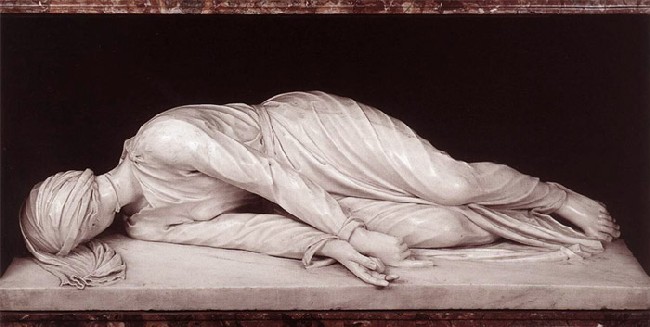
According to the Catechism, the practice of lectio divina (prior blog) is rooted in the divine office (liturgy of the hours).
I found two references to lectio divina in the Catechism, but no uses of the term in the 2005 Compendium.
Here are the two passages:
1177 The hymns and litanies of the Liturgy of the Hours integrate the prayer of the psalms into the age of the Church, expressing the symbolism of the time of day, the liturgical season, or the feast being celebrated. Moreover, the reading from the Word of God at each Hour (with the subsequent responses or troparia) and readings from the Fathers and spiritual masters at certain Hours, reveal more deeply the meaning of the mystery being celebrated, assist in understanding the psalms, and prepare for silent prayer. The lectio divina, where the Word of God is so read and meditated that it becomes prayer, is thus rooted in the liturgical celebration.I had not considered lectio divina as being rooted in the public worship practices (ie liturgy) of the Church. The significance of this — to someone who has come to the Catholic Church from the Protestant world — is that once again I see how liturgy in all of its fruits produce gifts of the full Christian life.
2708 Meditation engages thought, imagination, emotion, and desire. This mobilization of faculties is necessary in order to deepen our convictions of faith, prompt the conversion of our heart, and strengthen our will to follow Christ. Christian prayer tries above all to meditate on the mysteries of Christ, as in lectio divina or the rosary. This form of prayerful reflection is of great value, but Christian prayer should go further: to the knowledge of the love of the Lord Jesus, to union with him.
__________________________
Footnotes:
Picture is Candles and Cross by millicent_bystander.






I didnt know this either! Thanks!
ReplyDeleteHi Colleen, I think the divine office, lectio divina, and a life of seeking God are the core marks of the what became known as the monastic spirit. And I think these three elements form the most basic part of monasticism rather than its more outward visible characteristics of "separateness."
ReplyDelete